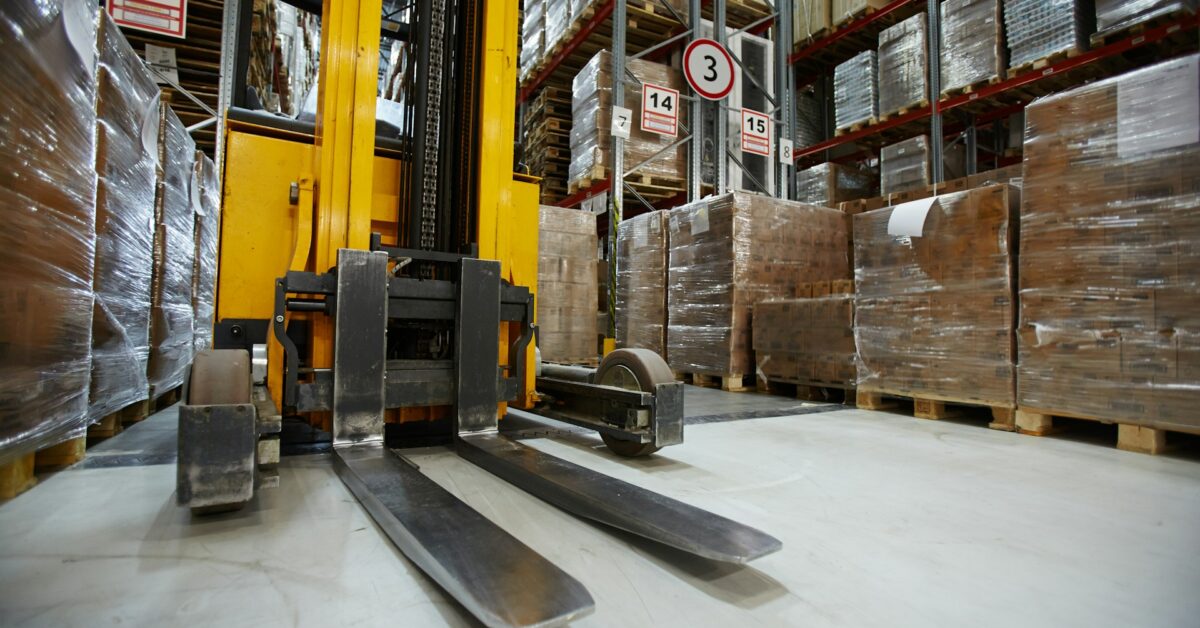There’s no doubt about it: forklift maintenance can get expensive fast. But here’s the thing: keeping your fleet running smoothly doesn’t have to empty your wallet. With the right approach, you can score quality parts at prices that won’t make your accountant cringe.
Contents
Building Strategic Supplier Relationships
Think of your forklift parts retailer as a business partner, not just someone you buy from. When you build real relationships with these folks, good things happen. They’ll hook you up with volume discounts, give you better payment terms, and take care of you when you’re in a pinch.
Instead of shopping around constantly, try working with fewer suppliers. This gives you more bargaining power. Plus, they get to know your operation inside and out. They’ll remember that you always need filters for your Toyota 8-series or that your Crown lifts tend to burn through a specific hydraulic seal.
When your supplier knows your equipment and your pain points, they can suggest alternatives that’ll save you money. They might even give you a heads up about sales or clearance events before everyone else knows about them.
Understanding OEM vs. Aftermarket Options
You’ve probably heard this debate before: OEM or aftermarket? Original Equipment Manufacturer parts come straight from your forklift’s maker. They fit like a glove and keep your warranty intact. The downside? They can cost a pretty penny.
Now, don’t write off aftermarket parts just yet. These are made by third-party companies that know their stuff. The good ones invest serious money in making sure their parts work just as well as the originals. Sometimes better, even.
Here’s something that might surprise you: many aftermarket manufacturers actually make parts for the OEM companies. So, you could be getting the exact same part for a fraction of the price. It happens more than you’d think.
Timing Your Purchases Strategically
Timing is everything in the parts game. You know how retailers have those crazy Black Friday sales? Parts suppliers do the same thing. End-of-year clearances, manufacturer promotions, and seasonal sales can save you serious cash.
The trick is planning ahead instead of waiting until something breaks. Nobody wants to pay emergency prices when their forklift is down and the warehouse is backing up. Create a simple maintenance calendar that shows when your major services are due, then buy parts ahead of time when prices are good.
- Keep an eye on supplier newsletters and websites for special deals
- Stock up on the usual suspects like filters and belts during sales
- Look for maintenance kit bundles – they’re often cheaper than buying parts separately
Quality Assurance Without Premium Prices
Here’s where we get real: saving money can’t mean cutting corners on quality. You need to set your standards and stick to them. Look for suppliers who give you detailed specs, material certifications, and solid warranties. If they’re dodging questions about quality, that’s your cue to shop elsewhere.
Don’t overlook remanufactured parts, especially for things like hydraulic pumps and transmissions. These aren’t just used parts slapped back together. They’re completely rebuilt to original specs and often come with warranties that match new parts. You’ll typically save 30-50% compared to new OEM parts, and they’ll perform just as well.
Just remember to verify that whatever you’re buying meets industry standards and safety requirements. Yeah, that cheap part might save you a few bucks today, but if it fails and causes an accident or major breakdown, you’ll wish you’d spent the extra money upfront. It’s not worth the risk.

